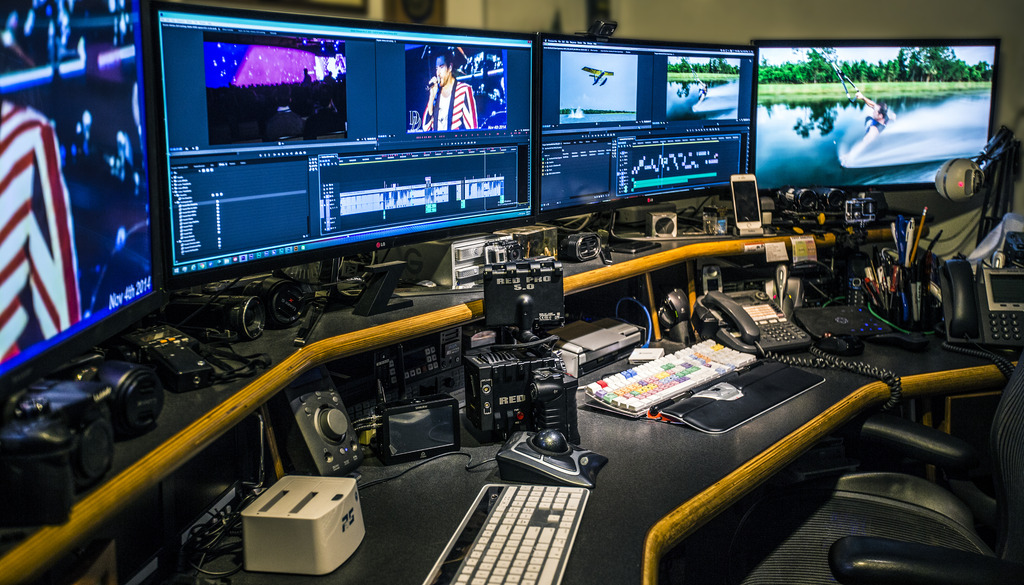For nearly 20 years, Dave Helmly has been helping creative professionals improve their skillset with Adobe software.
As a leading technology innovator and a senior manager of Adobe’s worldwide team for pro video, Helmly’s knowledge of video technology is vast. He and his team troubleshoot complicated production workflows for industries as varied as Hollywood filmmaking, broadcast and sports networks, film and journalism schools, online video and even government surveillance work.
He’s also a globetrotter, regularly jet-setting around the world and working in the trenches with the video industry’s top creators. This summer, Helmly joined panel discussions at VidCon, the leading online video convention in Los Angeles, met clients in Latin America, and will be back in Los Angeles for the annual SIGGRAPH conference where he will lead a few panel discussions on technology in the Pro video space.
In between his travel, we caught up with Helmly to hear his thoughts on how he uses Thunderbolt™ and why it benefits the video production industry.
Thunderbolt: What makes Thunderbolt valuable to the video industry?
Helmly: The simplicity. Thunderbolt is true plug-and-play with ungodly speeds. What's groundbreaking is Thunderbolt™ 3. It makes sense that this is going to be the universal connector, whether you're talking USB, display, or power, or data. I think people are learning about what it can do. I know there are a few very expensive theaters in Hollywood where the directors and producers will come in and look at up to a week’s worth of cuts (known as digital dailies) to get a clear sense of where they stand in the production pipeline. I happen to know one of them is completely driven by Thunderbolt. There's nothing there but a virtual keyboard and a Thunderbolt box with everything wired into a 100-foot Thunderbolt cable that goes into the back room. It's pretty cool.
Thunderbolt: Has the technology changed the way that Adobe looks at its software products?
Helmly: A lot of the footage that we had in the past were large, uncompressed files. There was no way we could take something like a laptop and be able to play back individual frames of uncompressed files or what’s also known today as DPX files, which tend to be larger, heavier files. A lot of production happens on set these days. Thunderbolt is what makes that possible. There’s no down time on Thunderbolt where you have to wait to get to an appropriate system that's equipped with the hardware you need. Thunderbolt makes the portability of the hardware from the desktop to something like a laptop.
So what does that mean to the way we design our software? We can support right out of the gate and start working with those very heavy Codecs to make sure that Premiere is working as best it can at those very, very high data rates because anybody can get access to that kind of data rate. We can also test our software with those big, heavy files in a way that we could never do before.
Thunderbolt: What would you like to see for the future of Thunderbolt technology?
Helmly: I think the future is Thunderbolt 3 and the new connector. When I look at the size of the USB-C connector, I think cell phones will adopt it. Car companies will adopt it because you can certainly have two in the space of one USB connector. I think it's totally feasible that the technology is all part of that connector. It's not just USB anymore, it is your data transfer connector. Because you’ve got all this technology wrapped up in one connector, there's a lot of different technologies that can hinge off of that, like networking, monitoring, and displays. I think that connector stands a very good chance of being around a really long time.



Follow Intel & Learn More About Thunderbolt™ Subscribe to Intel's YouTube Channel